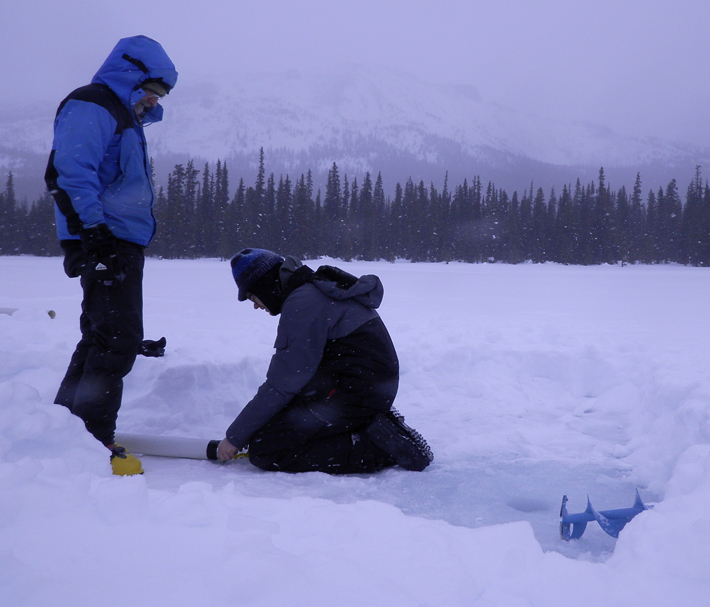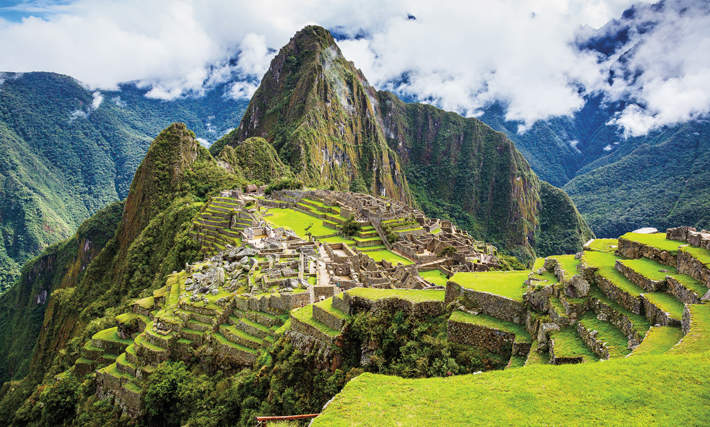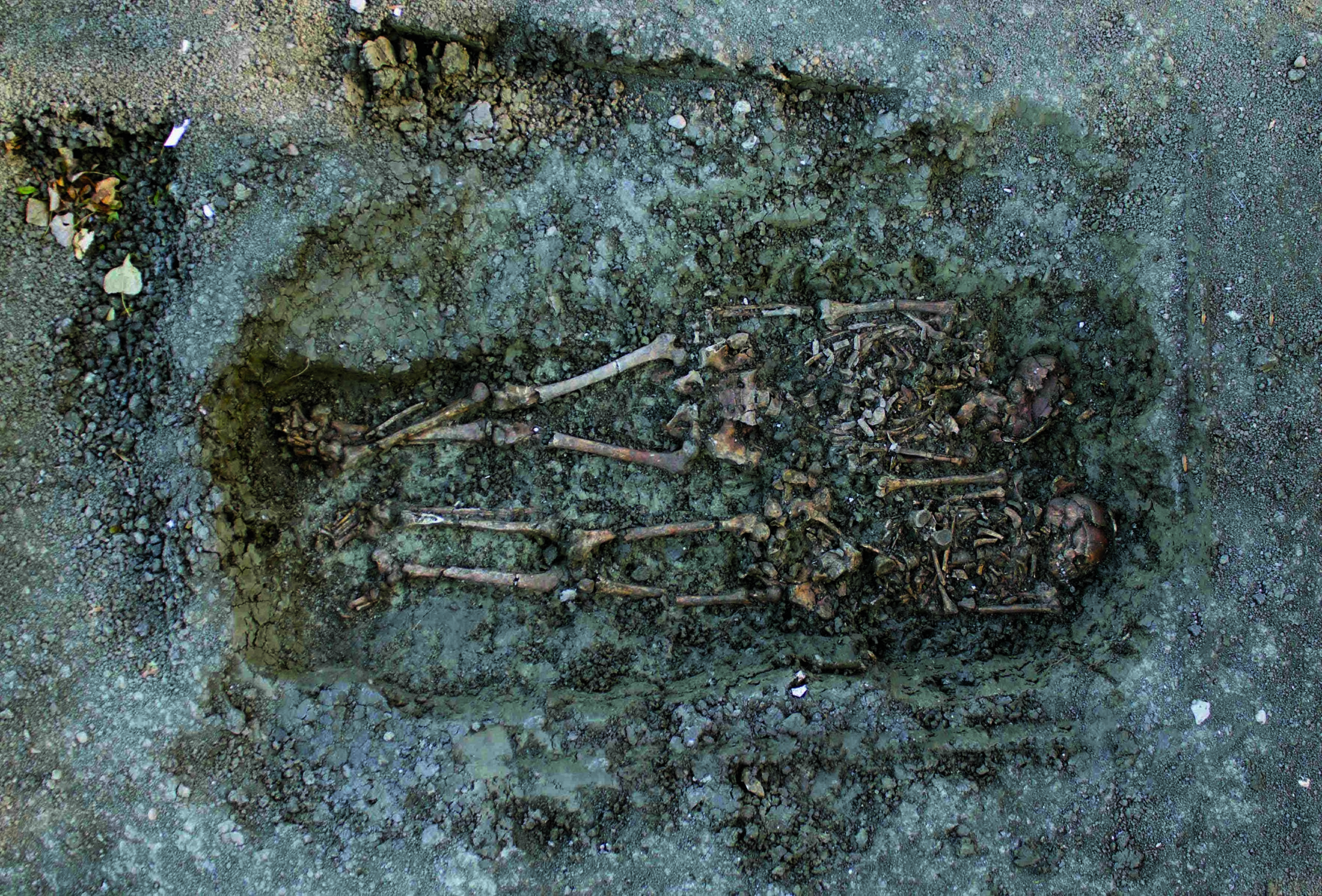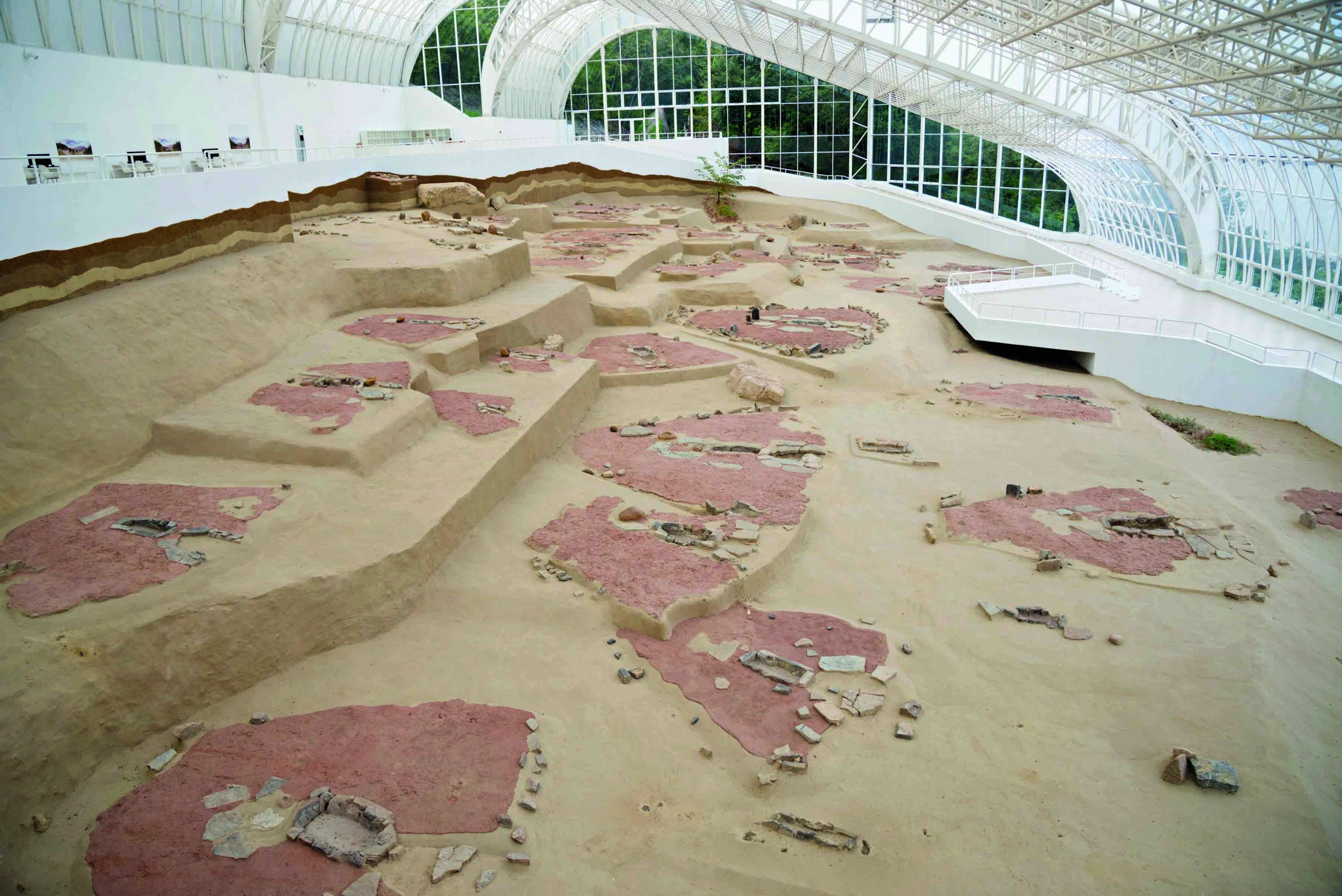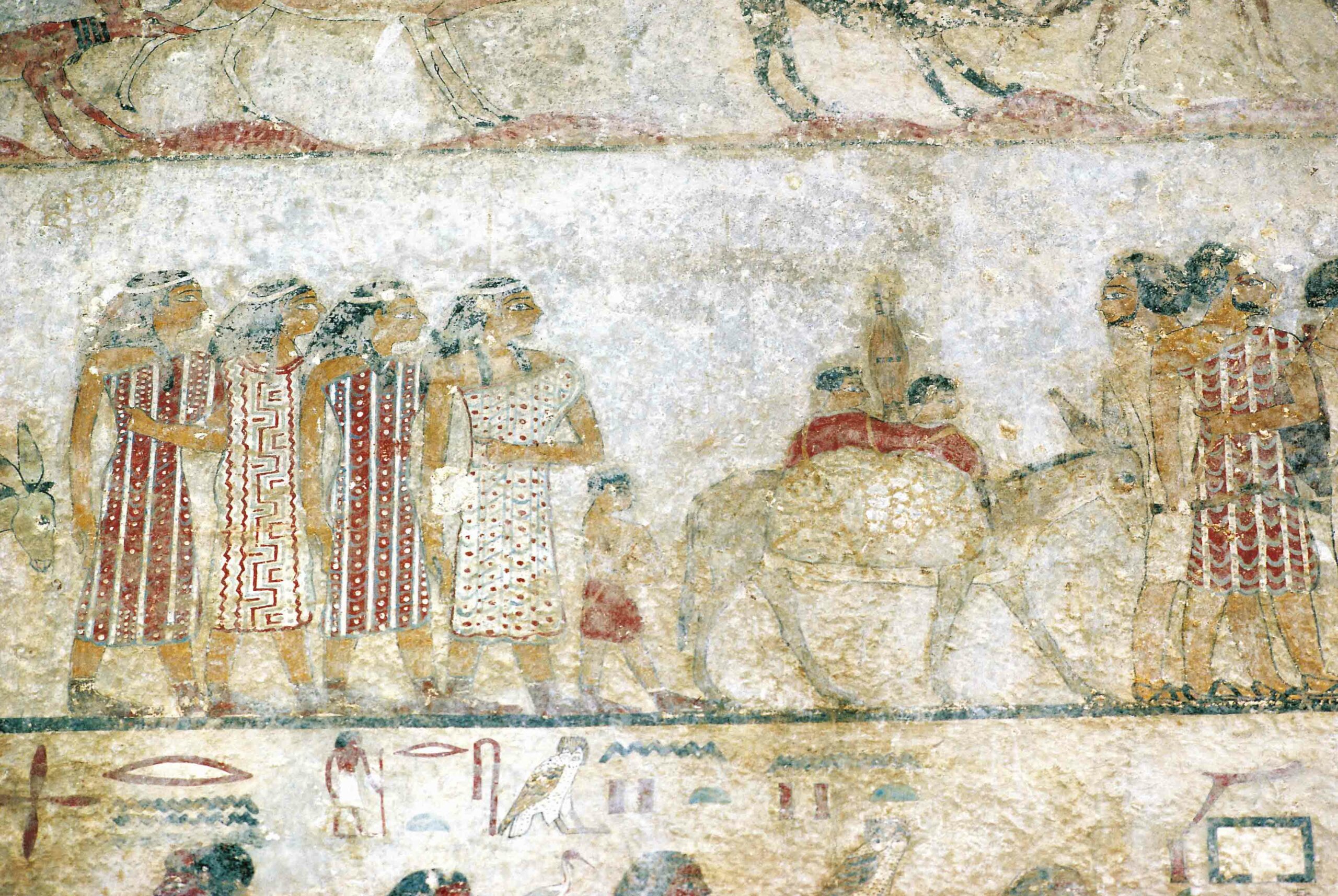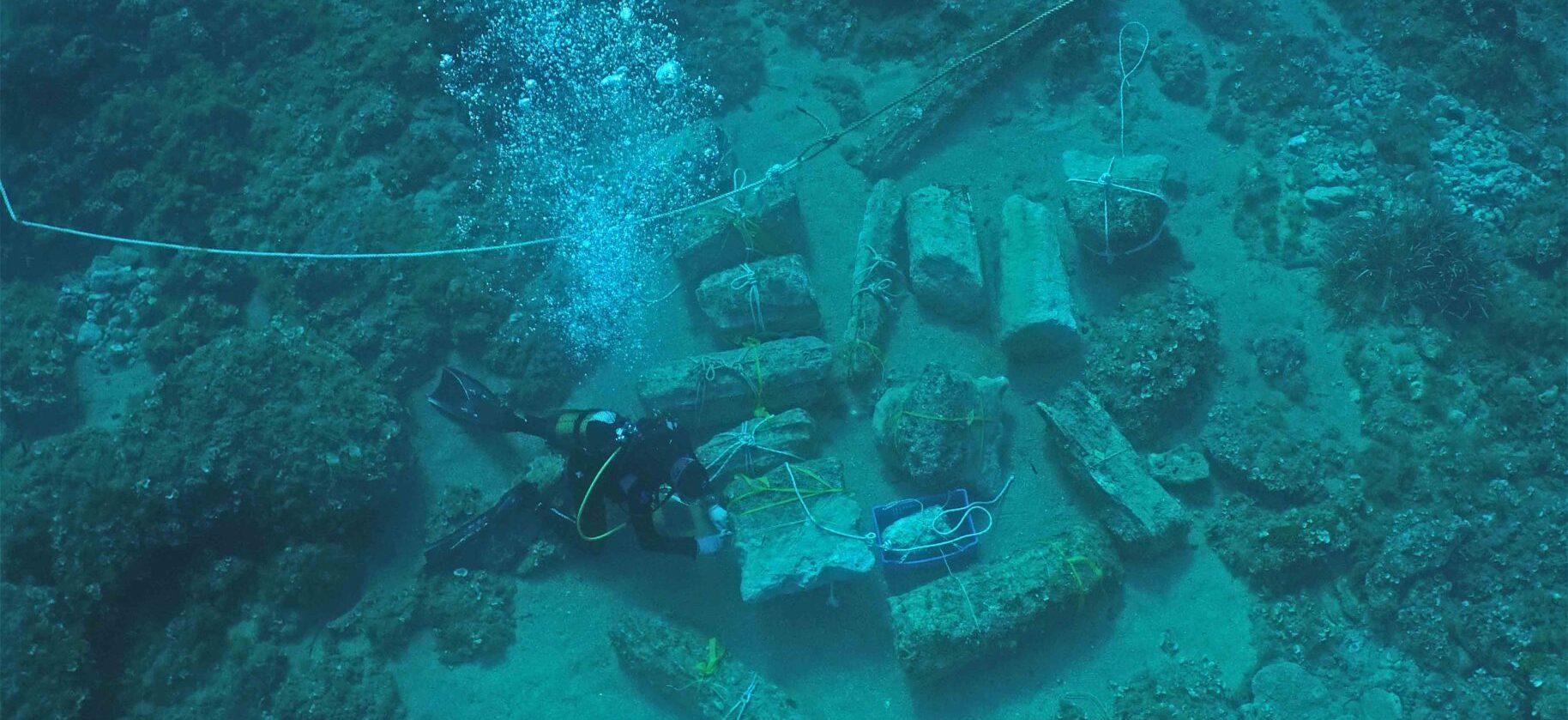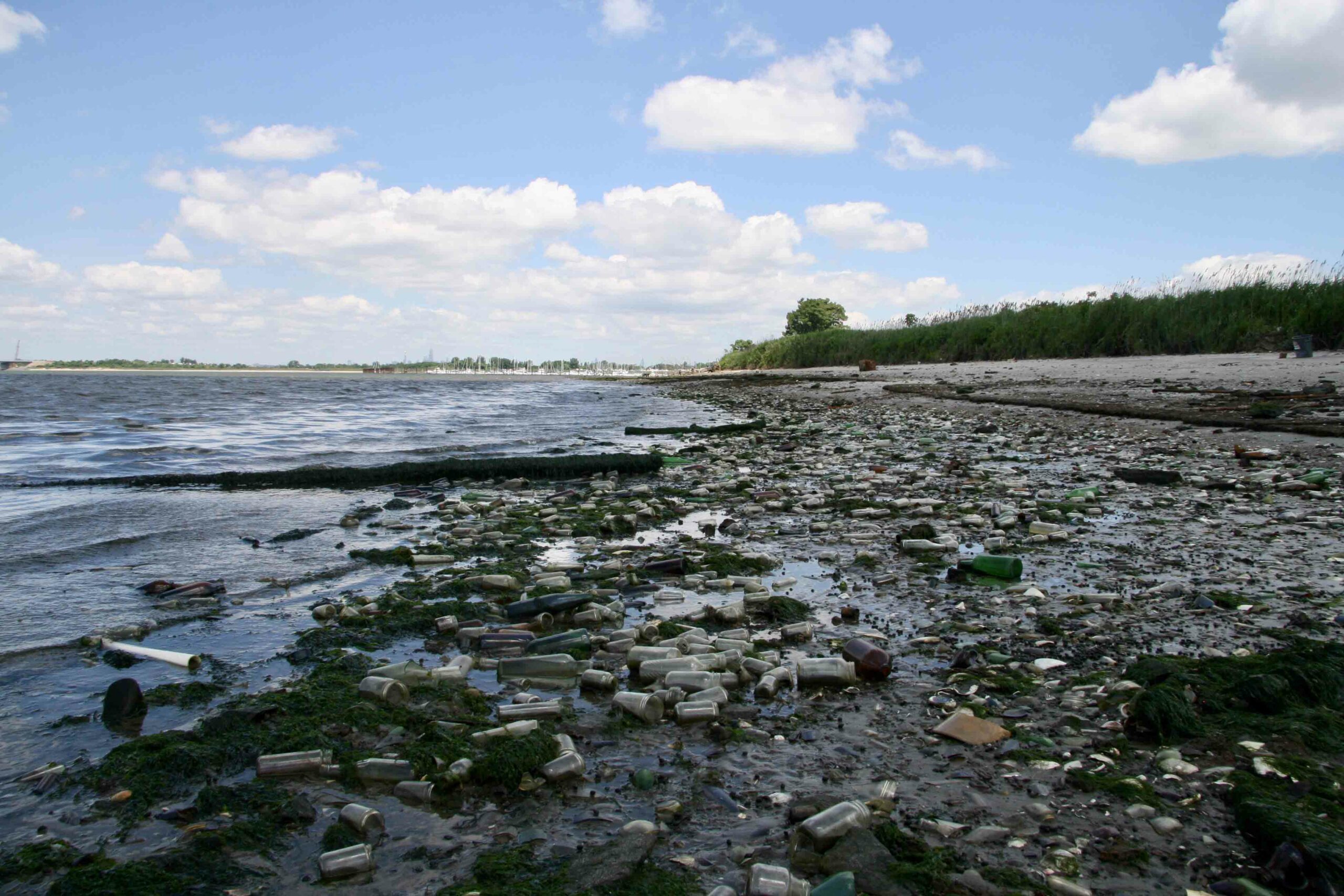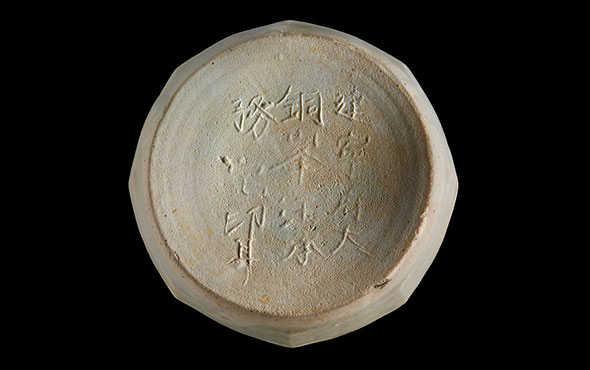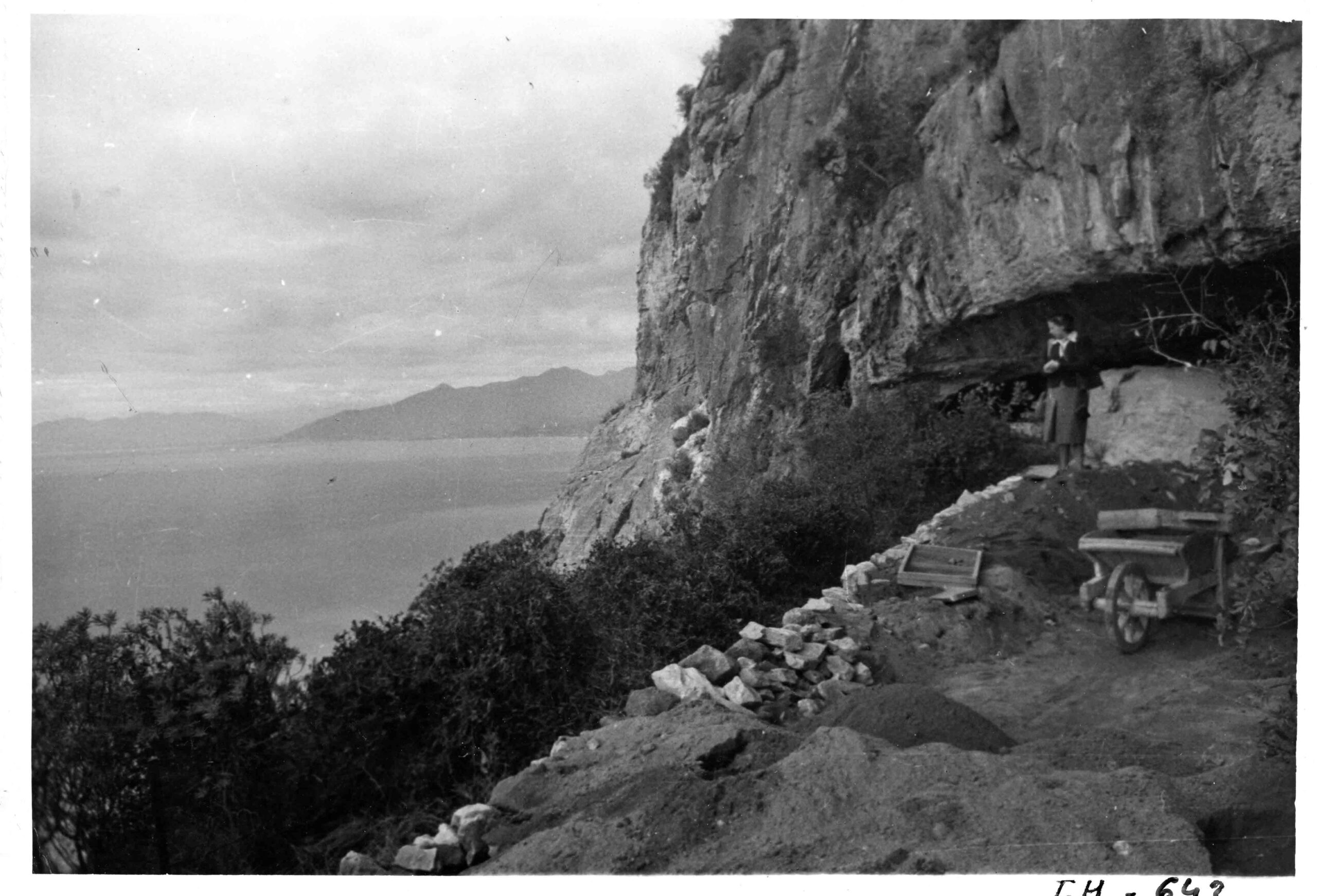
ALBUQUERQUE, NEW MEXICO—According to a Science News report, two new genetic studies explore the complex history of the peopling of the Americas. Geneticist Nathan Nakatsuka of Harvard University and his colleagues analyzed samples collected from the remains of 49 individuals, and found that at least three waves of people traveled from North America into South America. The first wave consisted of people related to a child buried some 12,600 years ago in Montana with artifacts from the Clovis people. The second wave of migrants replaced them about 9,000 years ago. Then, some 4,200 years ago, people from California’s Channel Islands migrated south and spread across the Central Andes. A separate study of the remains of 15 different ancient Americans, led by geneticist Eske Willerslev of the Natural History Museum of Denmark, suggests people living in the Americas were more genetically diverse than had been previously thought. Willerslev’s study confirmed that at least one group living in Brazil possessed DNA similar to that found in modern indigenous Australians, perhaps inherited from a common ancestor. Analysis of DNA collected from a 9,000-year-old baby tooth unearthed in Alaska suggests that the ancient Beringians, who lived on a temporary land bridge between Alaska and Siberia, were genetically distinct from the ancestors of Native Americans. Willerslev also examined the genome of the 10,700-year-old remains discovered in Nevada’s Spirit Cave and found that, like the 8,500-year-old Kennewick Man, these individuals were more closely related to modern Native Americans than to any other group. For more on early inhabitants of the Americas, go to “Naia—the 13,000-Year-Old Native American.”


